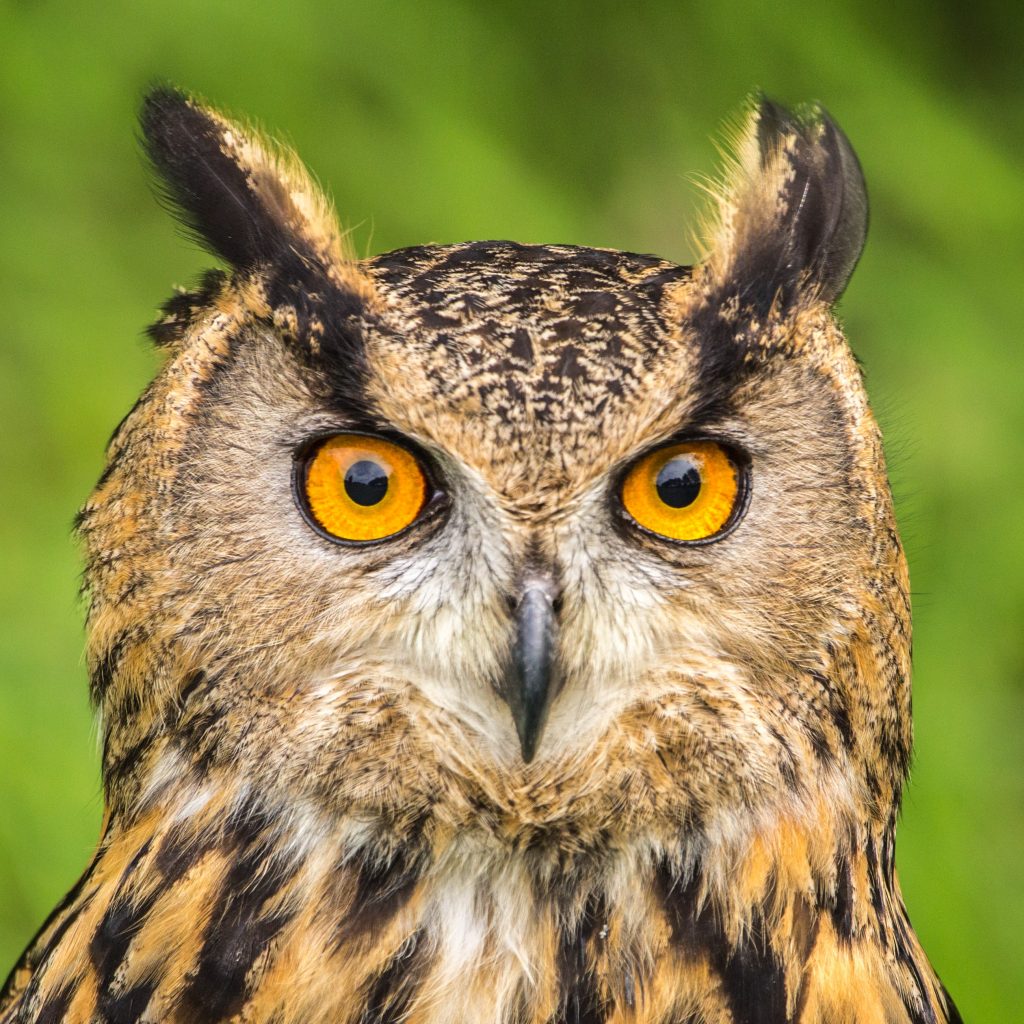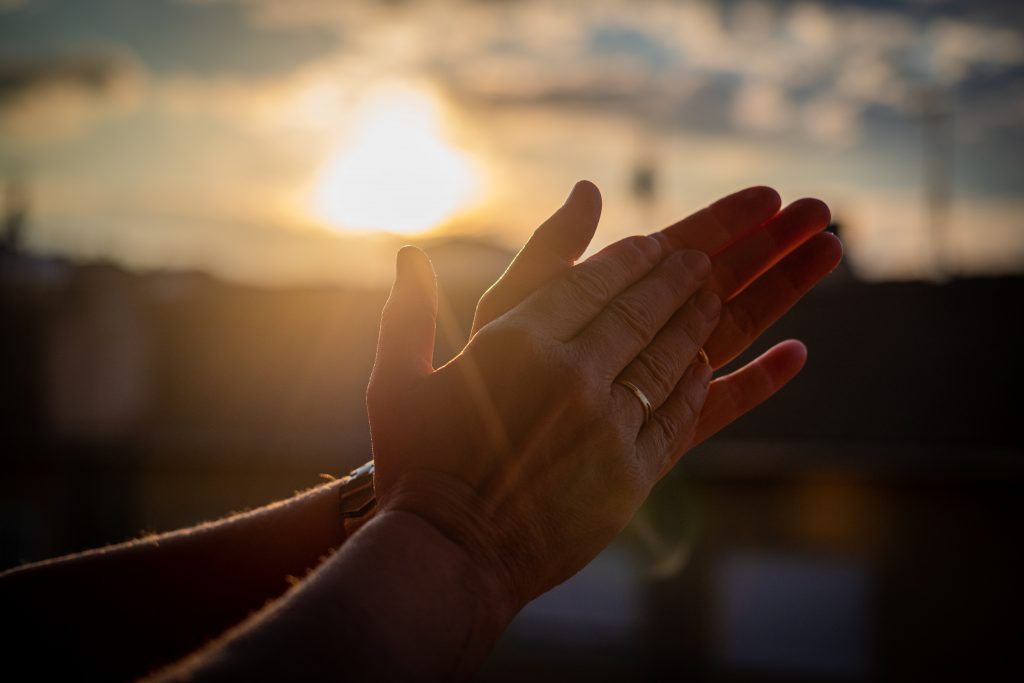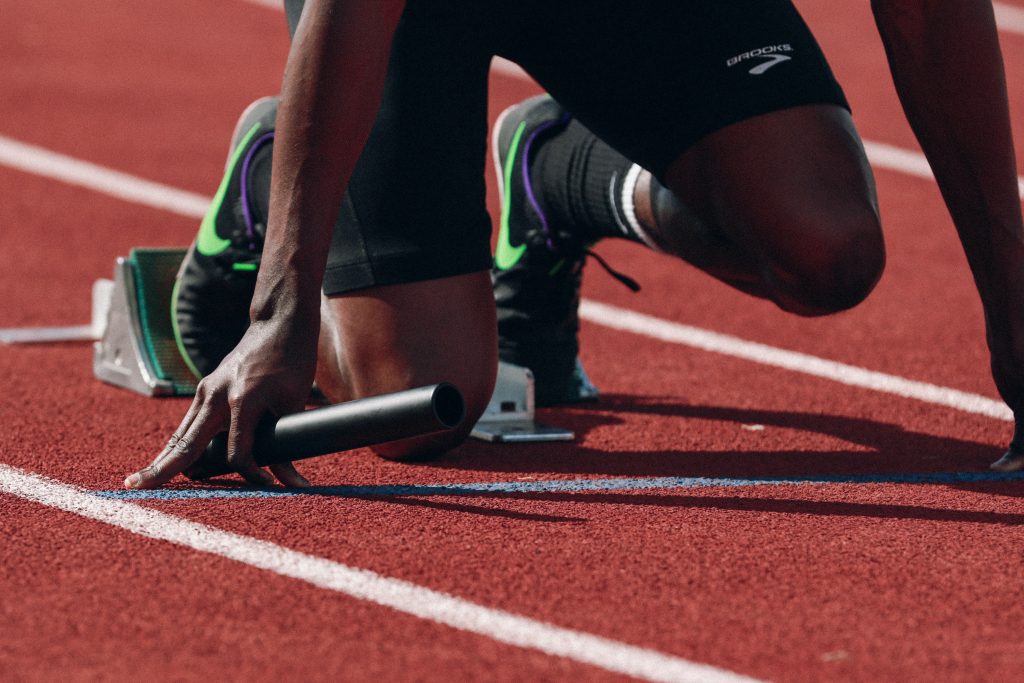
Sound Effects and Music – Setting the Scene
Hopefully you have looked at some of the resources and parts of radio plays available online. You will have seen that sound effects and music play a key part in setting the scene. Setting the scene basically means letting the audience know where the story takes place, when and who is there. Look at the following descriptions of sounds and music. What scenes (time, place and characters) do they remind you of?
- Parrots squawking
- Keys rattling then turning in a lock
- An old door creaking open
- An owl hooting
- Lots of mobile phones ringing
- Cutlery being used and glasses touching
- Classical music: Schubert’s String Quartet Number 13 in A minor
- A safety announcement describing where the exits are in the event of an emergency
- The theme tune to the news
- Morse code
In the chapter about the history of radio drama you will have seen pictures of people making sound effects in a studio. You might be wondering how you are expected to do this in the classroom or at home! Don’t worry – you do not need to do this, and you do not need to download sound effects or music either.
Why don’t I need to download or make special effects?
In Hear This! the creative challenge is that you must use your own body and voice to make sound effects and even music. You will be amazed at what you can do using your voice. Take a look at the list of sound effects and music above. How many of them can you do by yourself or in a group?
Using your voice to make sound effects
Sound effects can be made by experimenting with your voice. See if you make the following sounds:
- Whistling
- A bird noise
- A horse walking
- A heart rate monitor beeping
- A phone ringing
- Water rushing
- Wind blowing
- An explosion
- A gun firing

Using your body to make sound effects
Try doing the following actions. What settings or actions do they remind you of?
- Clapping your hands
- Clicking your fingers
- Stamping your feet
- Tapping your cheeks with your mouth open
- Tapping your fingers on the table
- Slapping your knees
- Smacking your lips together
Part of making a Radio Drama is experimenting and getting feedback from your peers. Remember: the voice you hear yourself making is not the same as what other people hear. That’s why when you hear a recording of yourself you sound different. Try making sound effects and see if your group mates can understand what you are trying to create. If your whole group can understand then there is a good chance the audience will too!
Practise makes perfect
When writing your radio drama, you should include sound effects but also make sure you include sound effects that you can actually do! They need to be achievable. It may be necessary for two people to make a sound effect together. You will need to dedicate some of your rehearsal time to sound effects. Just like playing a real musical instrument: it takes practice to get it right!

Are you Ready? – Cues
A cue is your ‘moment’ to speak or do a sound effect. If you are making sound effects, then you need to be ready so that there is no dead air. You should also make sure that you are not too loud – you don’t want to stop the characters from being heard. Try recording yourself and see what volume is right and also whether you are following your ‘cues’ on time or not.
